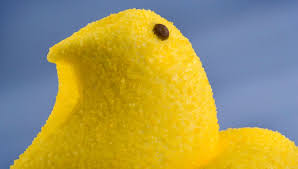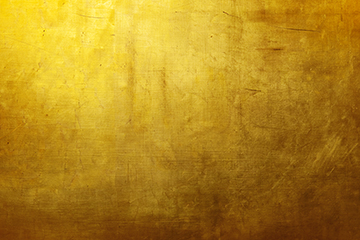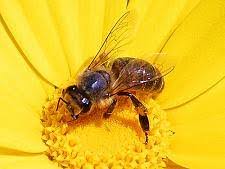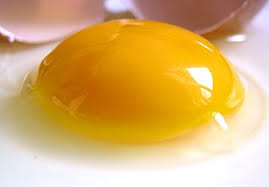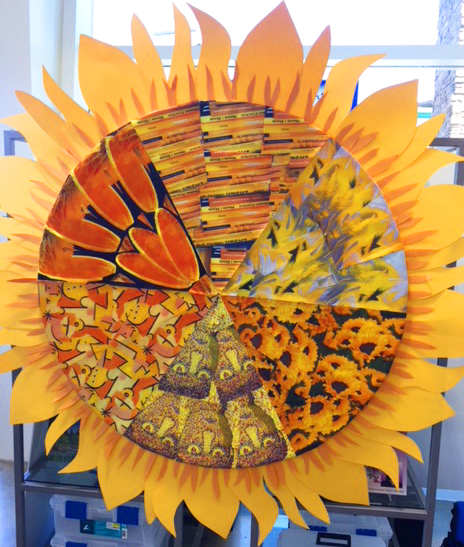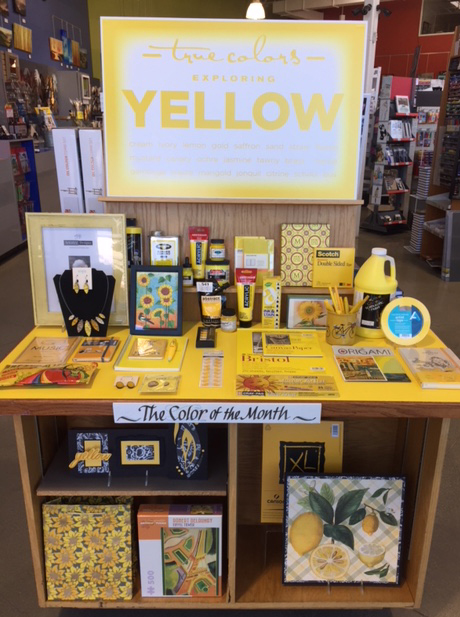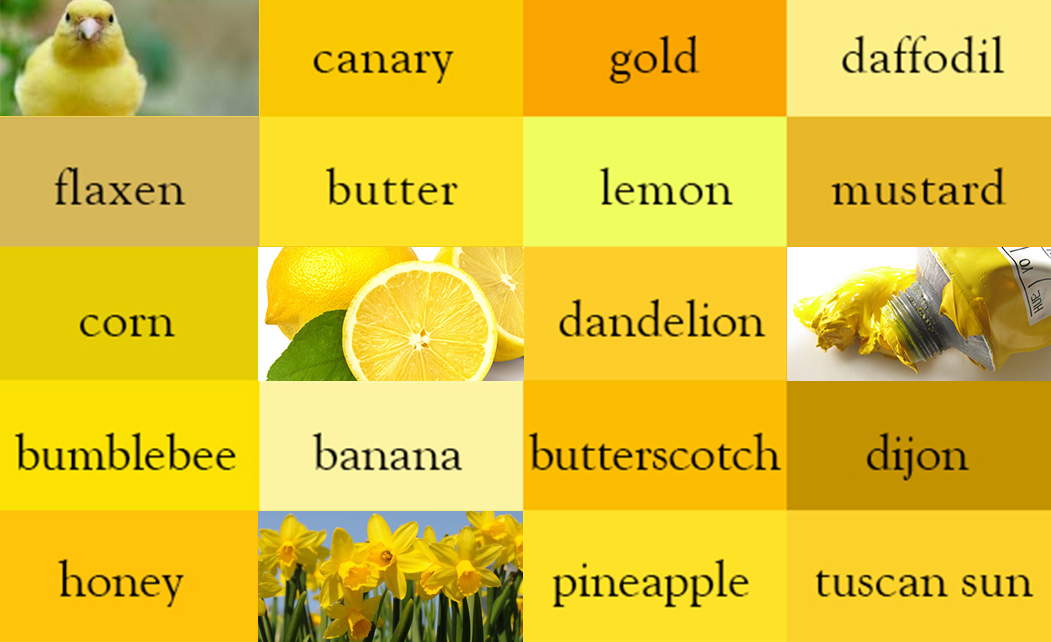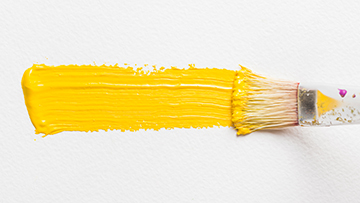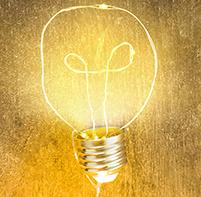
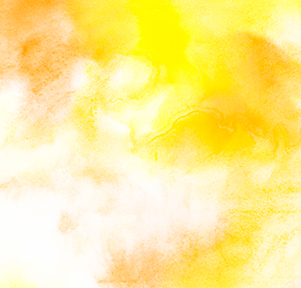
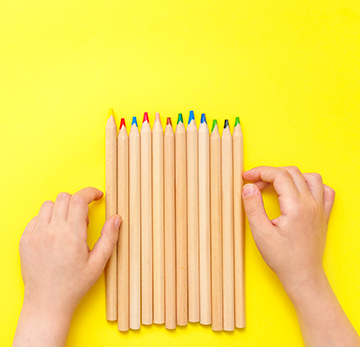

August Says “Hello” to this Bright & Mellow Color
It’s easy to get a little down during these strange days…so here’s a color to cheer you up!
The word yellow comes from the Old English word geolu. Yellow is the most luminous of all the colors of the spectrum. It’s the color that captures our attention more than any other color. In the natural world, yellow is the color of sunflowers and daffodils, egg yolks and lemons, canaries and bees. In our contemporary human-made world, yellow is the color of Sponge Bob, the Tour de France winner’s jersey, happy faces, post its, and signs that alert us to danger or caution.
It’s the color of happiness, and optimism, of enlightenment and creativity, sunshine, spring, warmth, happiness, fun, friendship and caution. There are even some not-so-good meanings of yellow.*
Hansa, or arylide and moniazo yellow, are a family of organic compounds used as pigments in artistic oil paints, acrylics and watercolors. Cleaner, more transparent and brighter in chroma than Cadmium Yellow Light, this is a high-tinting, organic pigment. Hansa Yellow is considered the ‘perfect yellow’, offering more control when mixing. Painters admire the purity of this primary pigment and ability to adjust its temperature while avoiding a gray from a hidden complement. Think of a yellow pepper.
UArt offers a full range of oils, acrylic, watercolors, pastels and other media in this vibrant color. Winsor & Newton paints, and their yellows are rich and varied.
* Lurking in the background is the dark side of yellow: cowardice, betrayal, egoism, and madness. Furthermore, yellow is the color of caution and physical illness (jaundice, malaria, and pestilence). Perhaps it’s no coincidence that the sources of yellow pigments are toxic metals – cadmium, lead, and chrome – and urine.
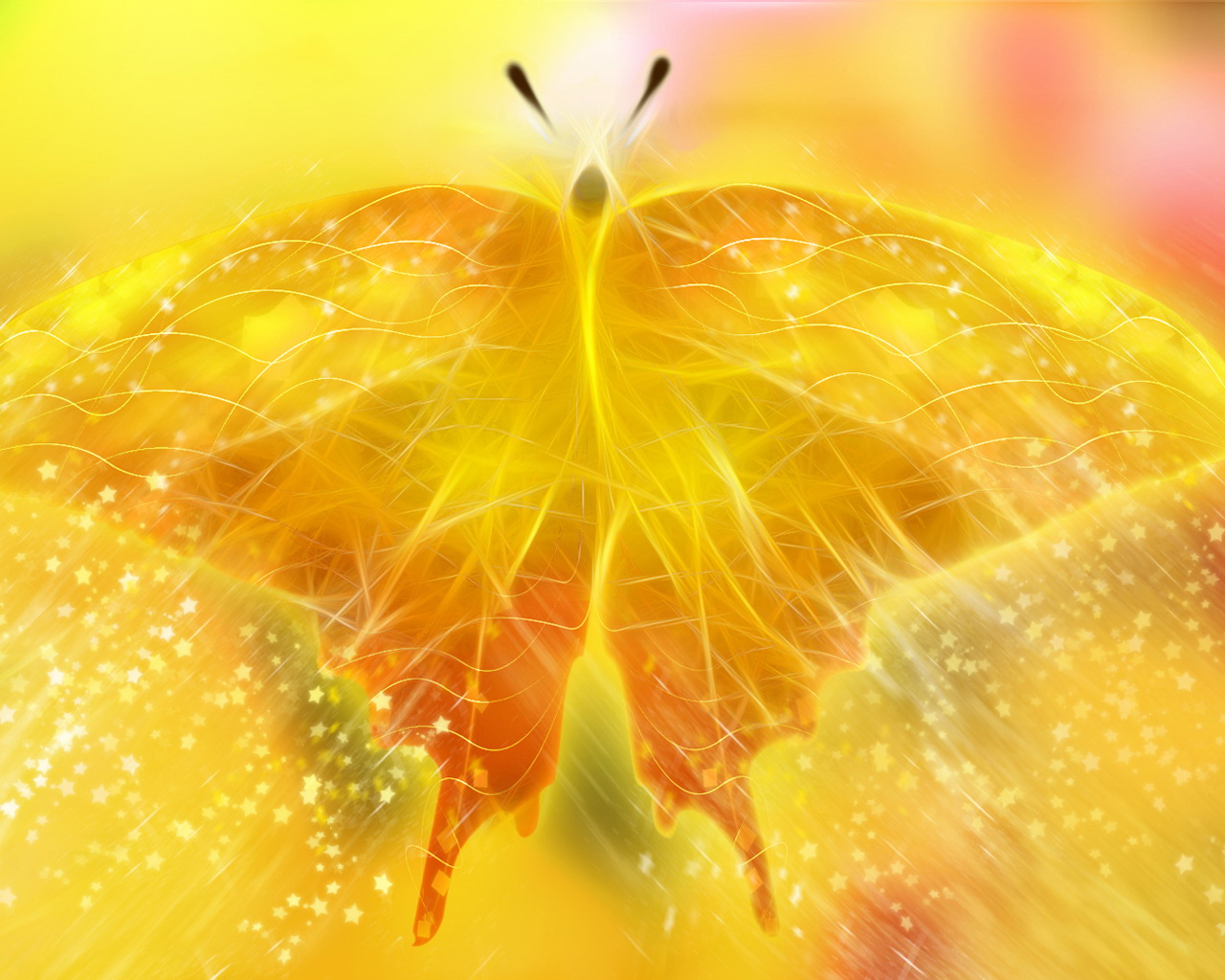
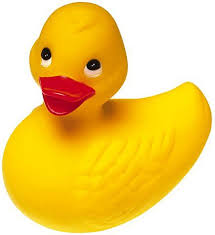
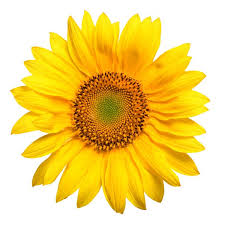
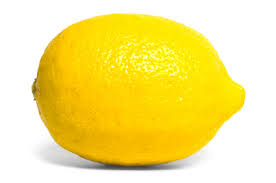
Some Interesting YELLOW Factoids:
- Yellow is a colour located on the visible spectrum between orange and green, that has a wavelength of 520 to 590 nanometres (nm), as well as having the hex code #FFFF00 and the RGB value (255, 255, 0).
- Yellow is among the three primary colours of pigments, shown in the RYB colour wheel, and in light it can be made with green and red in the RGB spectrum.
- Yellow comes from the terms ‘geolu’ and ‘geolwe’, which both are from Old English, which in turn is derived from the Germanic ‘gelwaz’.
- Natural pigments of a yellow colour can be made from ochre, saffron, turmeric and Garcinia tree resin; and many other minerals have proven toxic, including crocoite which contains lead, while the synthetic chemical tartrazine is commonly used today.
- The colour yellow appears often in nature, and can be seen in fruit like lemons, flowers like sunflowers, and animals including tigers, giraffes, some reptiles and fish, insects like bees and butterflies, and birds including canaries and ducklings.Yellow can be highly symbolic, representing gold, gods, caution, warmth, courage, happiness and sunshine.
- Numerous natural objects coloured yellow, including egg yolk, daffodils and bananas, contain carotenoid pigments; while other objects commonly coloured in this colour include rubber ducks, some forms of road machinery, and in some regions taxis and buses.
- Black alters yellow shades most dramatically and most unpleasantly of all colours, with only small mixes making unattractive colours.
- Shades of yellow include mustard, cream, gold, amber, maize, goldenrod, straw, saffron, and lemon, and shades of hair in this colour are usually called ‘blonde’ or ‘golden’.
- Yellow is the first colour to be recognised visually, hence it being used on warning signs, and contrary to popular belief, a room in this colour does not make a baby cry more.
